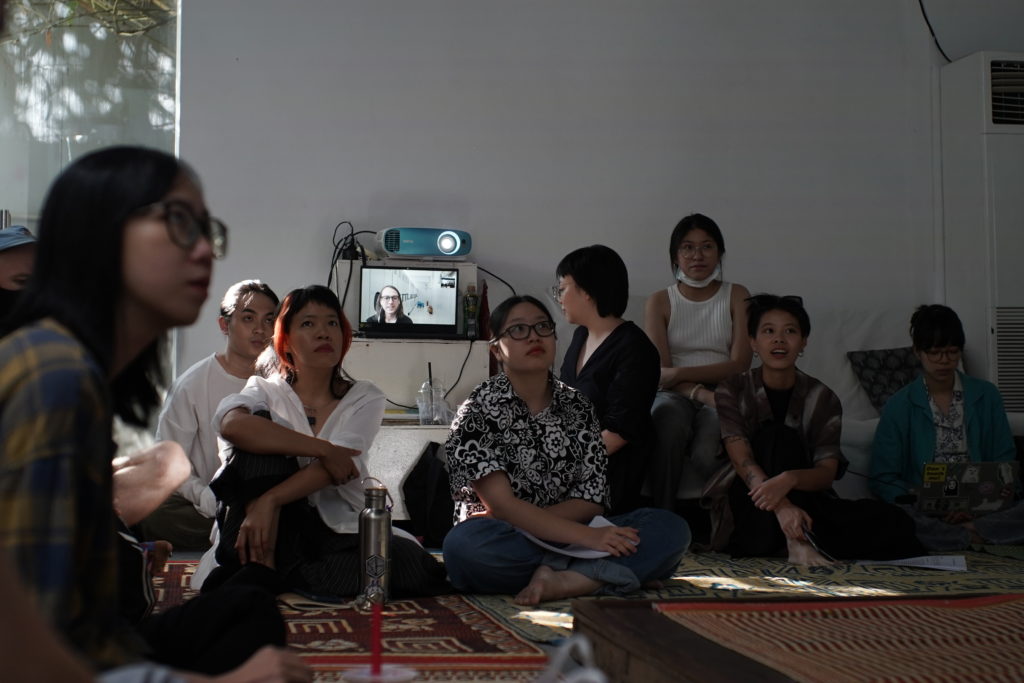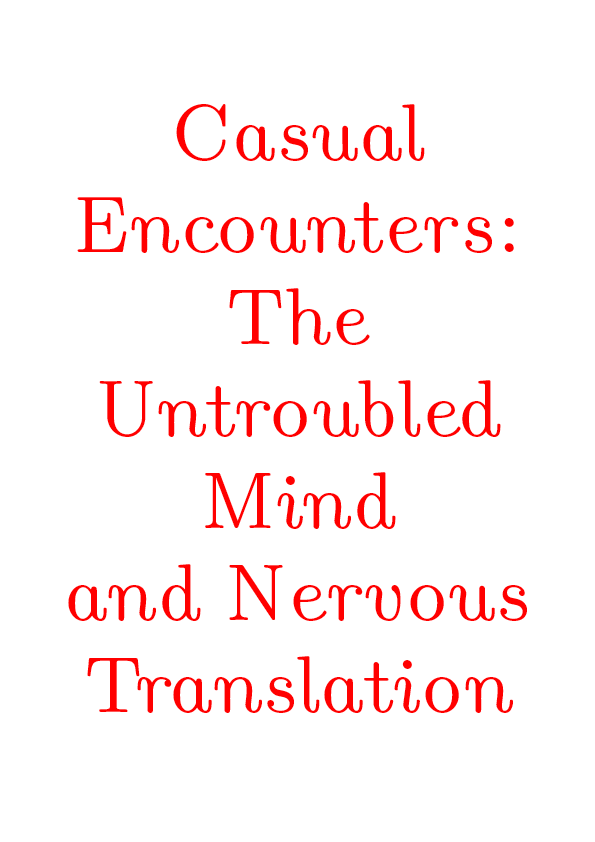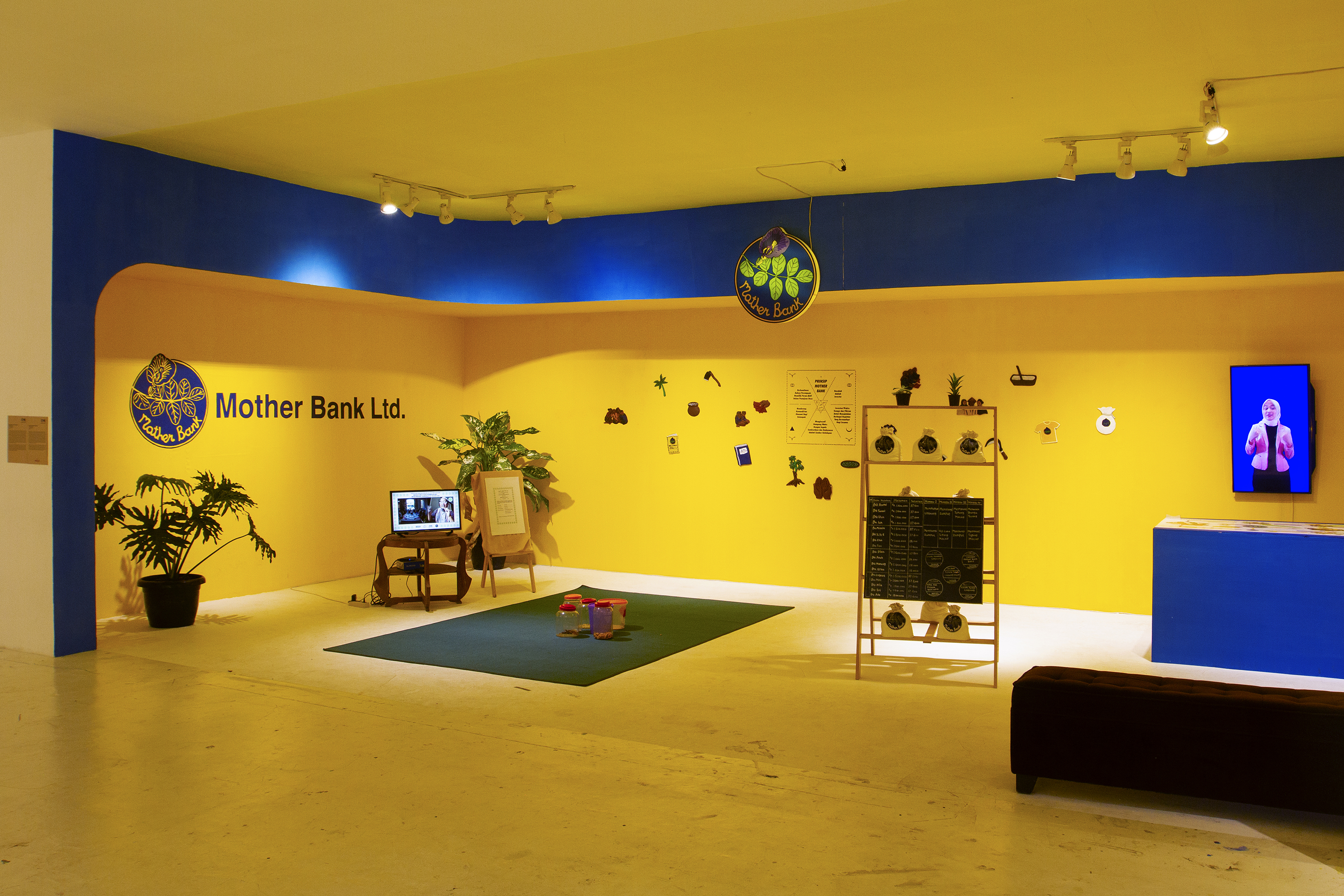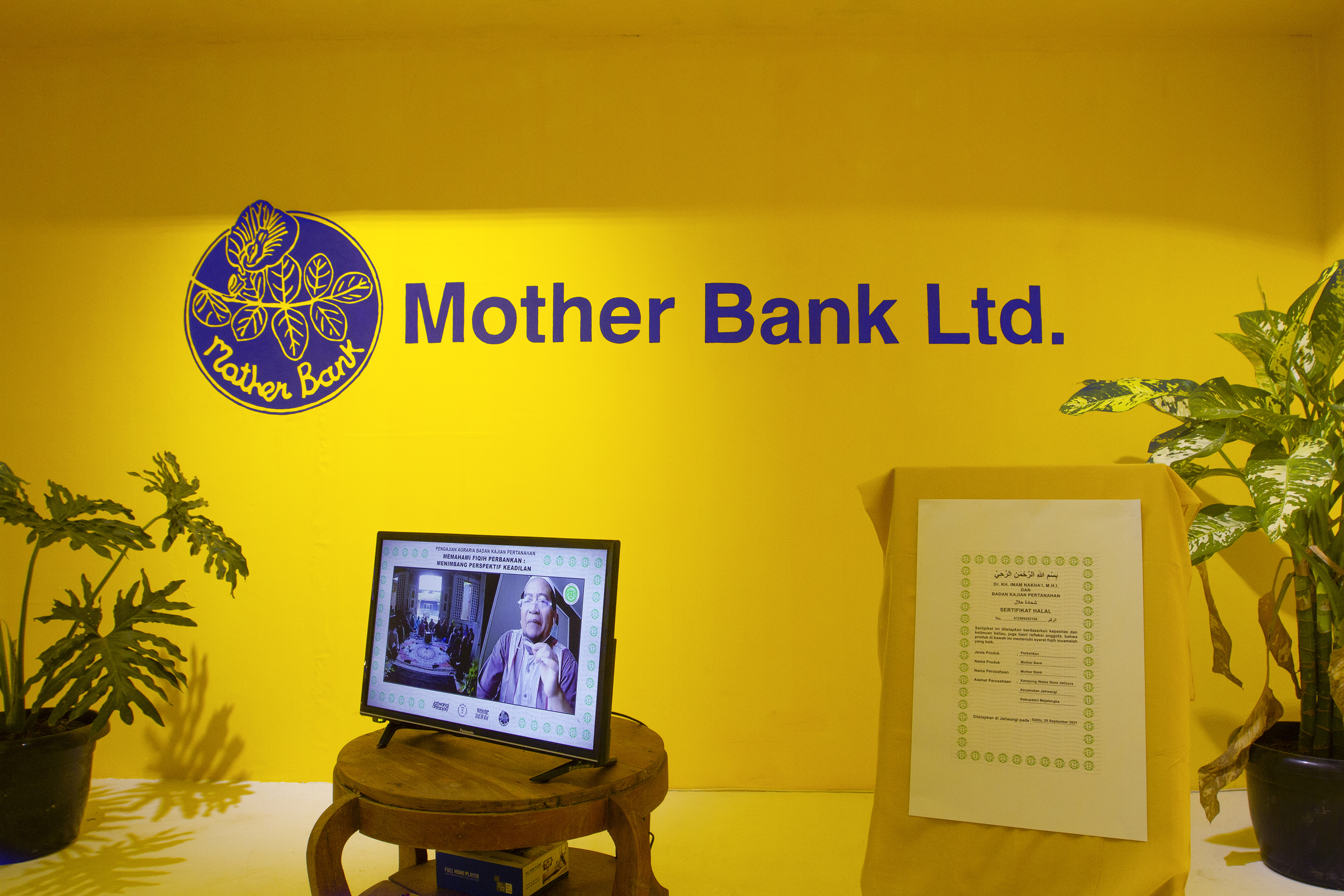4-7pm, 25 June 2022, Á Space, Hanoi
https://aea.space/en/event/speaking-nearby-a-workshop-with-linh-ha-thu-uyen-george-clark/
Workshop with l ặ n g session by Linh Hà, poetry reading by Thu Uyên and film George Clark and Tạ Minh Đức
A speaking that does not objectify, does not point to an object as if it is distant from the speaking subject or absent from the speaking place. A speaking that reflects on itself and can come very close to a subject without, however, seizing or claiming it.- Trinh T. Minh-ha, “Speaking Nearby”, 1992

Responding to the concept of pioneering artist Trinh T. Minh-Ha, Speaking Nearby aims to explore experimental ways of work and play with artists and archives. Rooted in an expanded idea of ‘archives’, we will explore means of articulating memories from the personal to collective in the process proposing new ways to care for history and activate diverse collections. The artists are brought together through a shared approach to archives as departure points; sites for interrogation into different times and spaces, zones for artistic intervention and activation.

SCHEDULE:
4.00–4.10pm: Welcome and introduce schedule
4.10–5.30pm: l ặ n g* Workshop with Linh Hà
5.30–5.45pm: INTERVAL
5.45–6.15pm: Thu Uyên reading of poems and discuss research/work in progress (extract of films which inspired found poems to be shown alongside)
6.15–6.45pm: George Clark sharing about ‘Handle With Care’ project background and context with examples from other works and archival explorations
6.45–7.00pm: Group discussion with Linh Hà, Uyên and George
*l ặ n g is a safe space where you’re invited to explore deep listening and creativity. It can be a collective and individual journey, to tap into being attentive to the sonic world around oneself, one’s body and one’s well-being. With l ặ n g you can emerge yourself in different body movement activities, breath work, vocal toning (here people can activate their voices/vocal chords) and listening activities. A l ặ n g session can take up to 1-1.5 hours – with a tea and sweet session at the end where everyone can unwind and discuss what they just experienced.





Thanks to Á Space and Vân Đỗ for collaborating with us on this and to Hải Lê for design, Thảo Hoàng for photography, Hương Mi Lê for translation and Nguyen Thanh Tam for co-ordinating the event.
The project is supported FAMLAB (Film, Archives and Music Lab) Fund as part of British Council’s Heritage of Future Past project in Viet Nam, TPD Centre for the Development of Movie Talents and CREAM/University of Westminster.
NÓI LÂN CẬN: NGHỊCH ĐÙA VỚI LƯU TRỮ
— Trinh T. Minh-ha, “Speaking Nearby”, Visual Anthropology Review, Xuân 1992.
“Phản hồi với ý niệm của nghệ sĩ Trịnh T. Minh-Ha, ‘Nói Lân Cận’ mong muốn khảo sát và thử nghiệm các cách thức khác nhau để làm việc và chơi đùa với các kho lưu trữ cùng các nghệ sĩ. Bắt nguồn từ một ý tưởng mở rộng về ‘kho lưu trữ’, ‘Nói Lân Cận’ sẽ khám phá các phương tiện kết nối những ký ức từ cá nhân đến tập thể trong quá trình đề xuất các cách thức mới để chăm sóc lịch sử và kích hoạt các bộ sưu tập đa dạng. Các nghệ sĩ được gắn kết với nhau thông qua việc tiếp cận một số các tài liệu lưu trữ như là điểm xuất phát; các địa điểm thẩm vấn các thời gian và không gian khác nhau, các khu vực can thiệp và kích hoạt nghệ thuật đa dạng. “Lưu trữ” đối với chúng tôi không bị giới hạn ở các hạng mục hữu hình, có thể sưu tầm, tĩnh, mà đúng hơn, được hiểu là những vật chứa ký ức dễ vỡ, truyền miệng, bị phân mảnh, khó nắm bắt.”
Á Space thân mời bạn tới phiên workshop đầu tiên trong chuỗi chương trình ‘Speaking Nearby’ (tạm dịch: Nói Lân Cận), do George Clark, hiện sống và làm việc tại Luân Đôn, Anh, khởi xướng. Đây là một phần của dự án ‘Handle With Care’ nhằm khám phá những cách làm việc khác nhau với lưu trữ, đặc biệt là với hai kho lưu trữ tại Viện Phim Việt Nam và Quỹ An Việt. Dự án đã được phát triển thông qua một mạng lưới bạn bè nhằm xây dựng những cầu nối giữa các bộ sưu tập và các cộng đồng khác nhau nhằm đề xuất các cách tiếp cận mới và có tính thử nghiệm hơn với những vùng tưởng tượng có tính lưu trữ và điện ảnh.
Do ảnh hưởng bởi COVID-19 và hạn chế di chuyển, George đã không thể trực tiếp tiếp cận kho lưu trữ tại Viện Phim Việt Nam, và vì vậy, đã mời một số người thực hành tại Việt Nam từ đa dạng lĩnh vực, gồm Linh Hà (nhạc sĩ), Thu Uyên (nhà thơ), Tạ Minh Đức (nhà làm phim), Red và Lâm Duy Phương (trình diễn), Vân Đỗ (giám tuyển), thay mặt anh khảo sát và thực hiện các “nghiên cứu” tại Viện Phim để sau đó chia sẻ các ấn tượng và câu chuyện với anh. Song song với đó, George Clark đã và đang làm việc với bộ sưu tập của Quỹ An Việt tại Luân Đôn trong ban chỉ đạo do tình nguyện viên điều hành, nhằm hỗ trợ các công tác bảo tồn và tái tạo kho lưu trữ của Quỹ An Việt, hay là bộ sưu tập lớn nhất của cộng đồng người Anh gốc Việt tại Anh Quốc hiện đang do Hackney Archives bảo quản.
Phiên workshop này xoay quanh âm thanh, trình diễn, âm hưởng và phát thanh, đồng thời, nghịch quanh những quan niệm khác nhau và các vết tích lưu trữ để lại, nhằm khám phá tầng tầng lớp lớp lịch sử, các thể chế và phạm vi mở rộng của các những vật mang tính lưu trữ. Chương trình này sẽ được tiếp tục với một trình diễn mở rộng dự kiến diễn ra vào mùa thu.


















